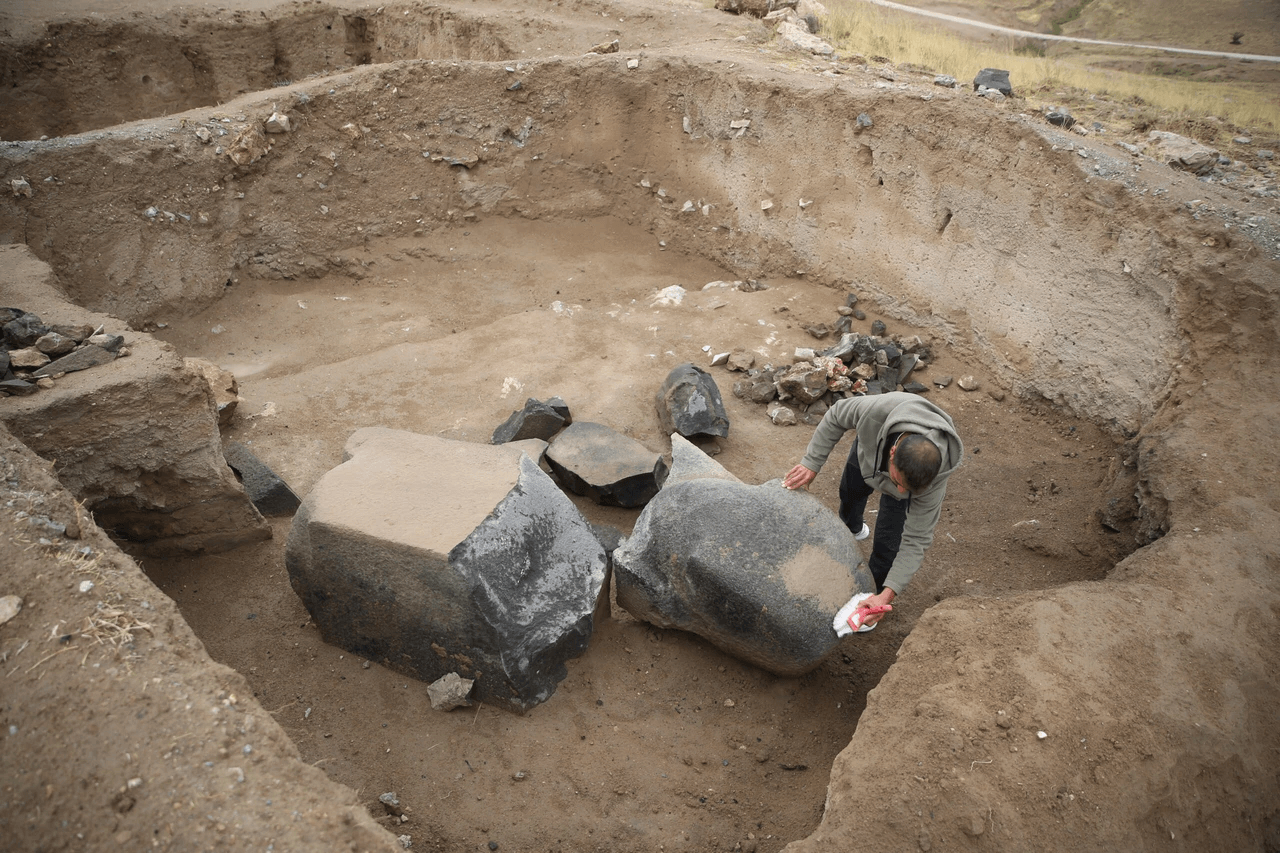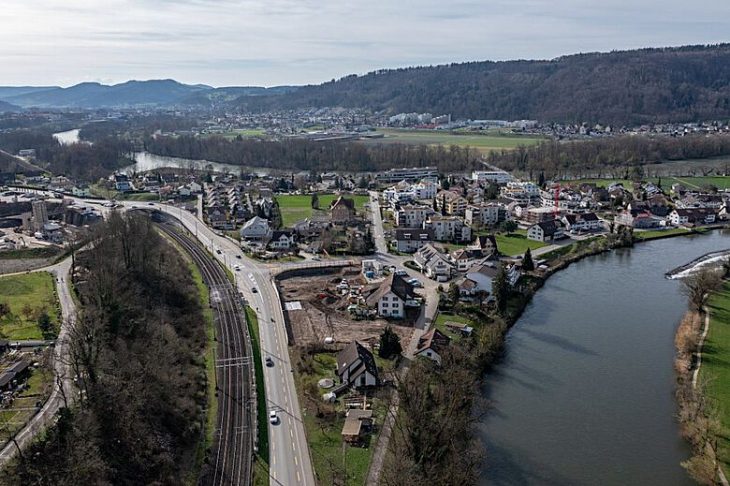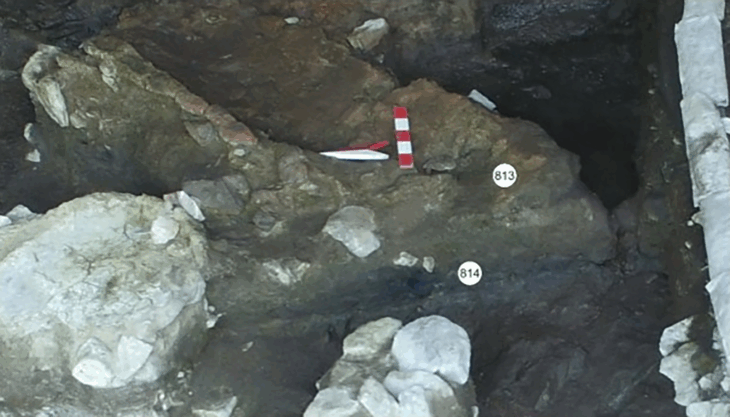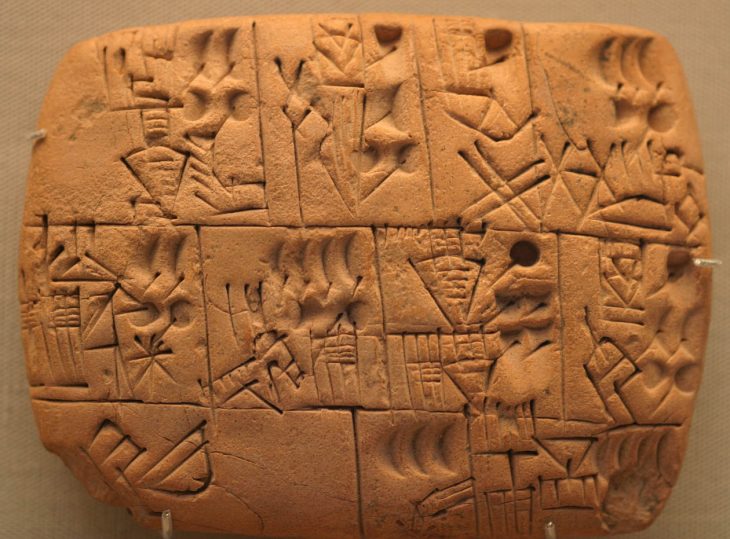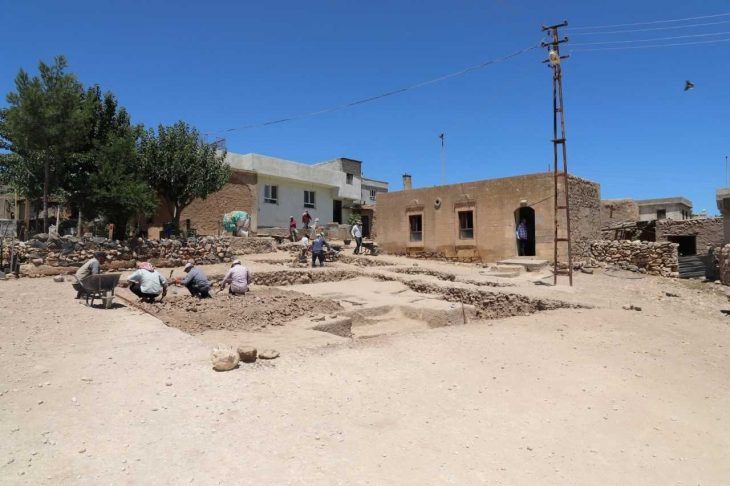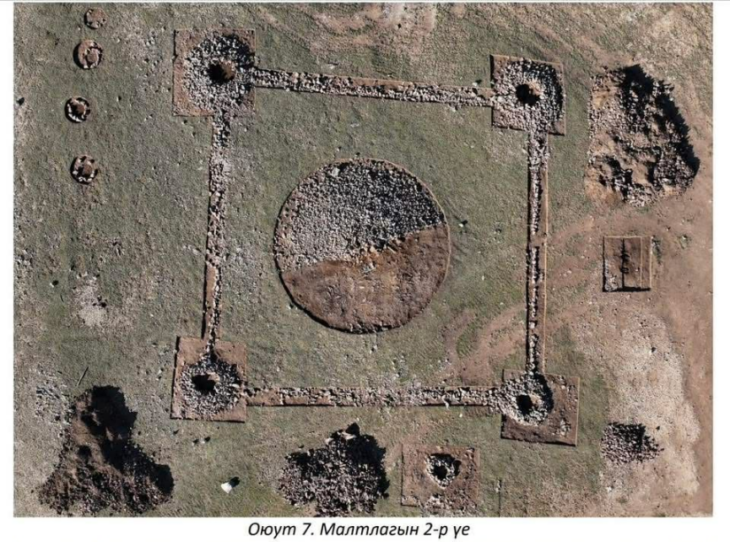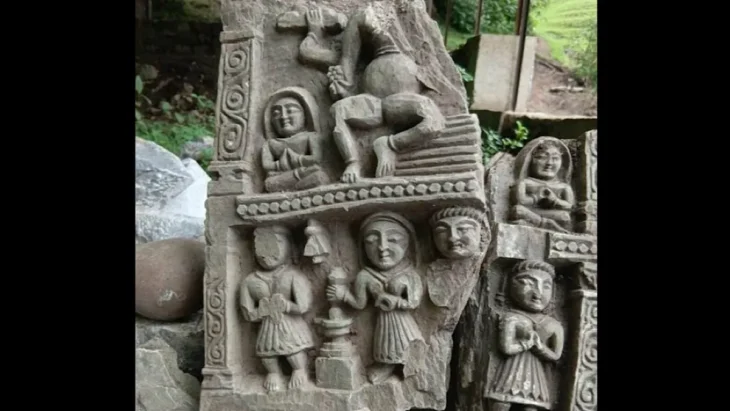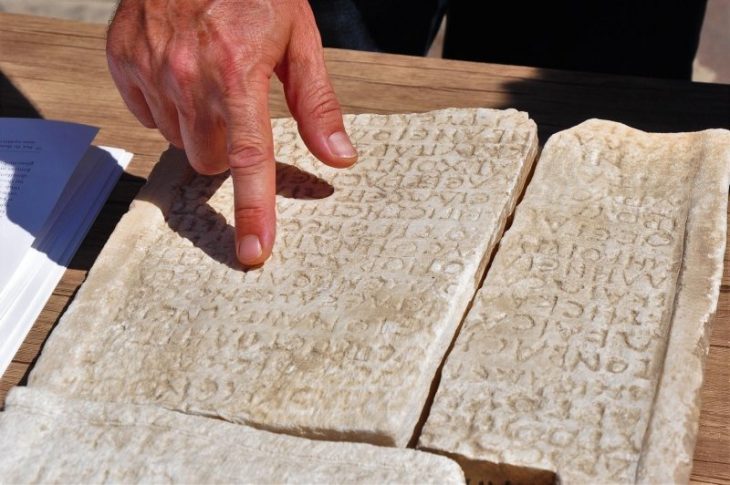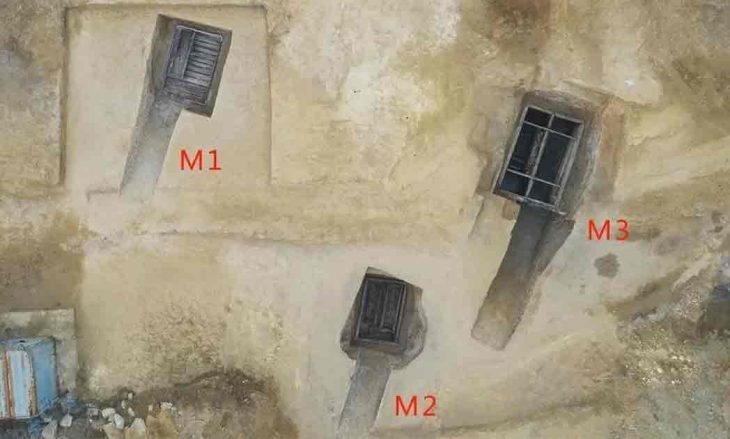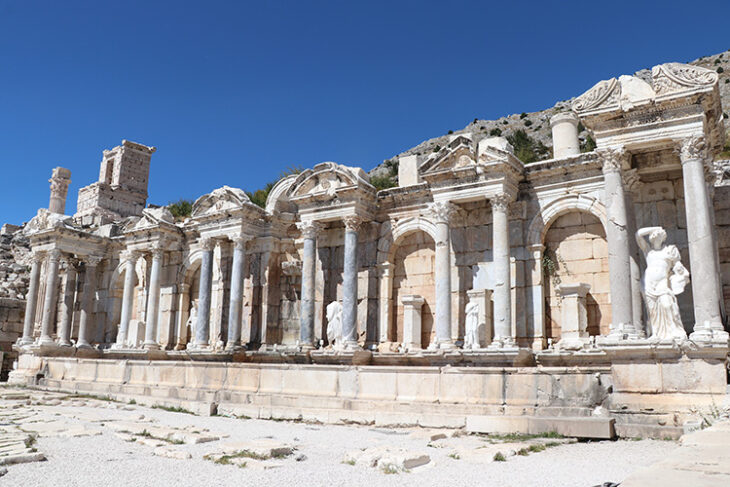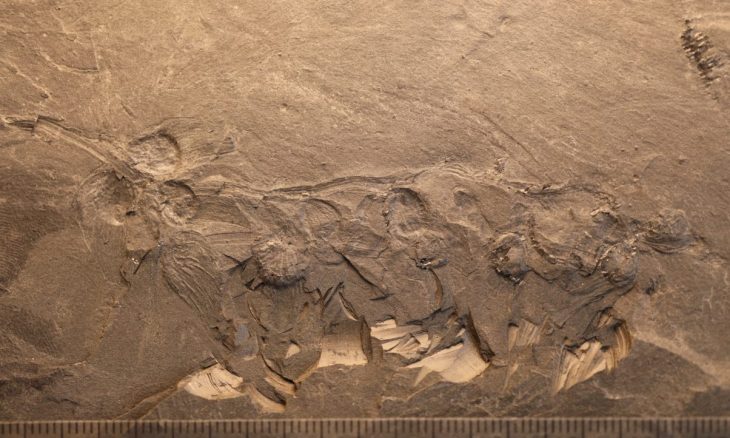In an area where rescue excavations were conducted last year, archaeologists discovered a basalt stone statue from the Urartian period that weighed approximately one tonne during the archaeological excavations in Van’s Tuşba district.
In 2023, archaeologists found the first monumental statue of its kind in the region during rescue excavations at Garibin Tepe. This fascinating discovery, which is roughly 2 meters long and 1 meter wide, was discovered in a historical site only 3 kilometers from Ayanis Castle and 30 kilometers (18.6 miles) from the city center.
This year, the excavation was concentrated on the southern portion of the hill and was headed by Van Museum under the scientific direction of Professor Mehmet Işıklı from the Department of Archaeology at Atatürk University.
Professor Işıklı stated: “This is a monumental three-dimensional statue that we have never encountered before. We are very excited, and after preliminary studies, we hope to gain more detailed information.”
The statue, believed to have a broken neck, is noted for its impressive size and craftsmanship. After detailed examinations by a team from Ankara, the mystery of the basalt statue is expected to be solved.
📣 Our WhatsApp channel is now LIVE! Stay up-to-date with the latest news and updates, just click here to follow us on WhatsApp and never miss a thing!!
Professor Işıklı stated that the Urartian civilization is one of the least understood areas because it has very few known sculptural works.
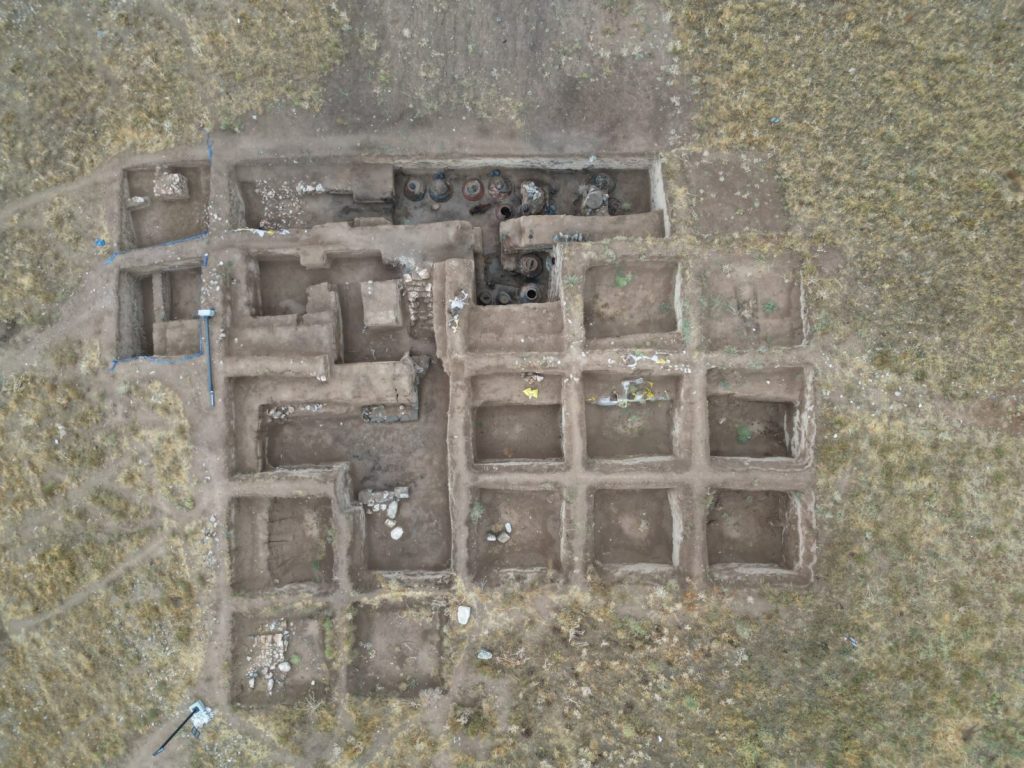
Işıklı said, “In Urartian art, there are very limited works related to plastic arts, namely sculpture. We are working with only a few examples. In metal or stone, we don’t have much data in terms of sculpture. In this regard, pieces of an object related to a lion statue were previously found in the excavation area. This year, however, we encountered a find that surprised us greatly. A striking example of Urartian plastic art made of basalt was unearthed.”
He also mentioned earlier finds in the region, mentioning a statue of a lion that was discovered in 1995 while conducting rescue excavations. This new finding broadens our knowledge of the Urartians’ creative practices.
“This is a statue carved as a solid block. We cannot say anything definitive at the moment about what it represents, as it is highly stylized, approximately 2 meters long and 1 meter wide, and monumental. The statue is being transported to the Van Museum, where preliminary studies and interventions will take place. After restoration, we will gain more insight. It is a striking find in an area with very few unique Urartian artifacts.”
Işıklı continued, “We are encountering such a monumental, three-dimensional statue for the first time. We hope to gain more detailed information after the initial studies. It resembles a figure with a carved base, a stylized head, a square prism-shaped body, and indiscernible facial features. It appears monumental. Whether it represents a divine or royal figure is very hard to determine. We even considered if it was a postmodern statue.”
Emphasizing that Garibin Tepe is an exciting site, Işıklı stated that the discovery makes a significant contribution to the Urartian heritage in Türkiye.
Cover Image Credit: AA

